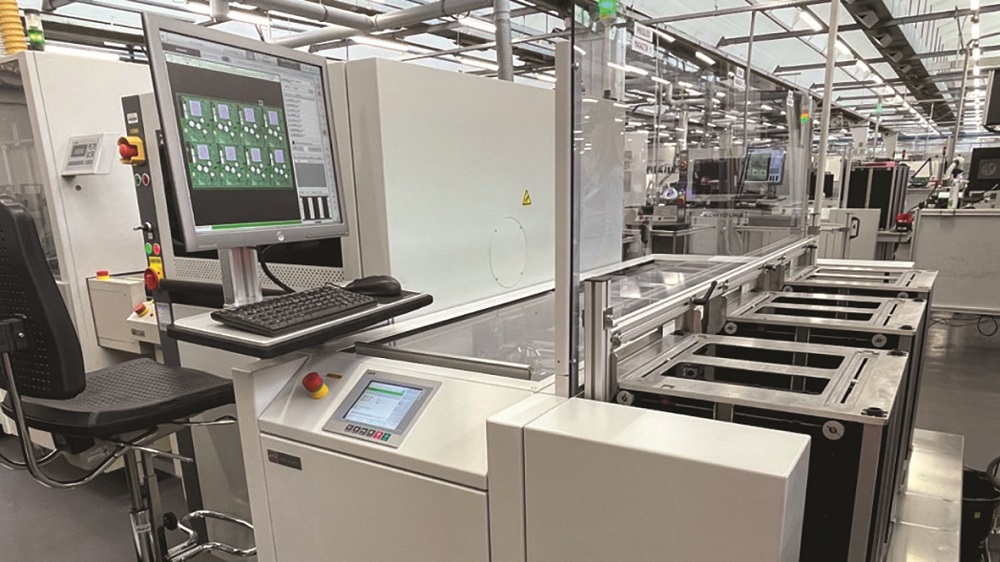First things first – what is an energy management software (EMS)?
Energy management software is a specialized application that helps track, analyze, and manage energy consumption. It integrates with various systems to collect data and offers features like real-time monitoring, energy forecasting, and reporting. The software enables users to visualize energy patterns, identify waste, and implement efficiency measures. It aids in reducing energy usage, costs, and carbon emissions, helping organizations and individuals achieve their energy efficiency goals.
When choosing an energy management system for your utility, consider the following factors:
1. Clear goals
Clearly define your objectives and priorities. Outline your objectives and priorities in detail. Identify the specific issues you wish to address, such as optimizing energy efficiency, reducing costs, or integrating renewable energy. Understanding your objectives will allow you to concentrate on the functionalities and features that meet the requirements of your utility.
2. Scalability and flexibility
Consider your future plans and select a system that can scale with the expansion of your utility and adapt to future demands. Consider the system’s ability to introduce new features and integrate with other systems. Choose an EMS provider with scalability and adaptability, allowing for seamless expansion and customization as your utility grows or changes.
3. Comprehensive functionalities
Ensure that the energy management system provides a comprehensive set of features to cover all aspects of utility operations, such as data acquisition, analysis, reporting, and real-time monitoring. A comprehensive EMS should equip you with the means to monitor energy consumption, identify areas for improvement, and generate insights for decision-making. Choose a system with an intuitive and user-friendly interface. This will facilitate ease of use and adoption by your utility’s staff, allowing for efficient operation and utilization of its capabilities.
4. Integration capabilities
Choose an energy management system with standardized interface that facilitates interoperability and simplifies the integration process within complex energy ecosystems.
5. Data security and privacy
Data security and confidentiality are of the utmost importance when dealing with energy consumption data. Ensure that the EMS provider incorporates robust safeguards to protect sensitive utility data. Consider features such as encryption protocols, access controls, and industry standard compliance. Evaluate the provider’s commitment to data security, which should include regular updates and maintenance to resolve new threats and vulnerabilities.
6. Vendor reputation and support
Investigate the reputation and track record of the provider of the energy management system. Ensure that they provide dependable customer service, regular updates, and ongoing maintenance to resolve any potential issues or concerns.
7. Return on Investment (ROI)
Evaluate the potential return on investment offered by the EMS. Consider cost savings, energy efficiency improvements, and the creation of long-term value. Evaluate the system’s prospective rate of return on investment. Consider cost savings, energy efficiency improvements, and the creation of long-term value for your utility.




